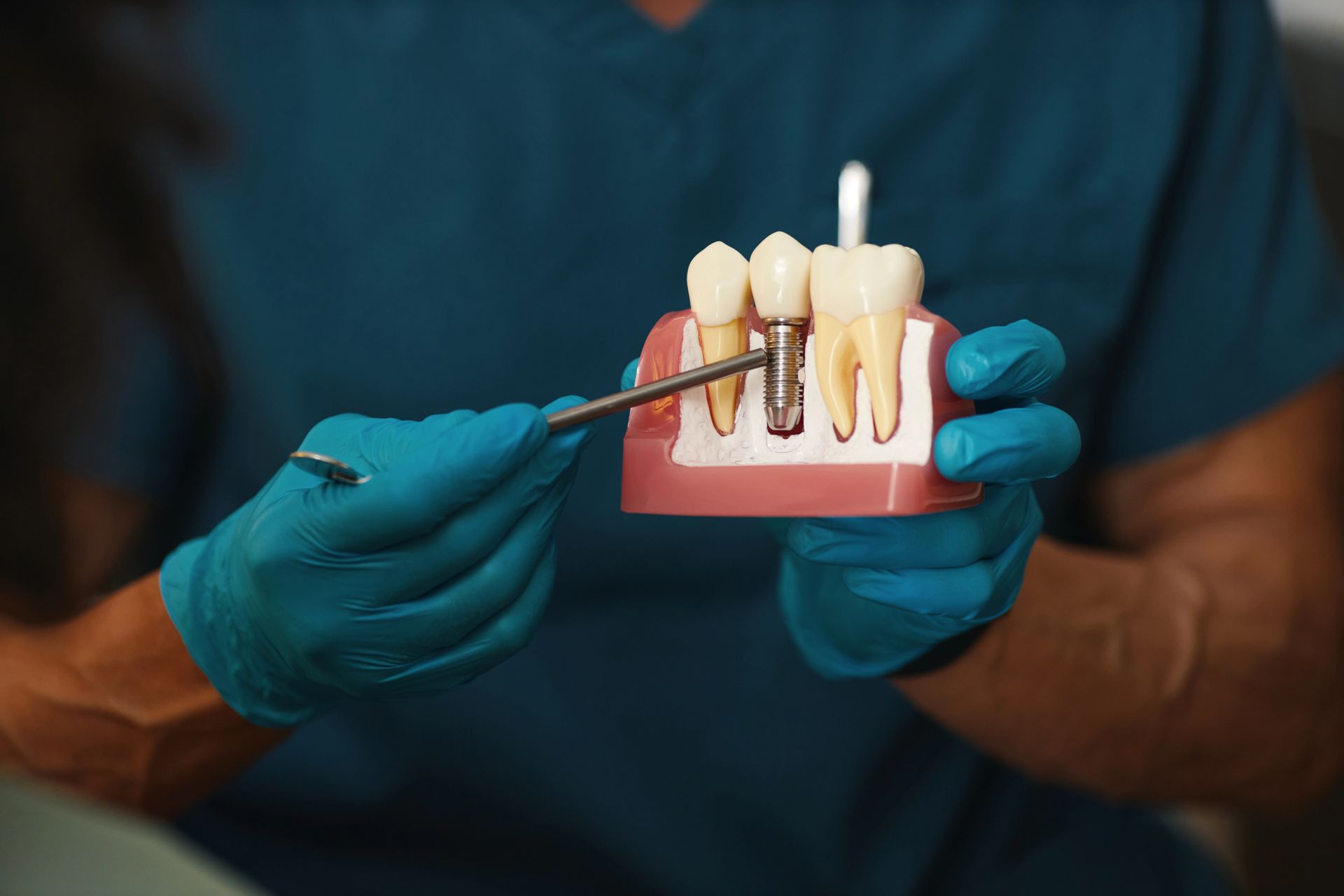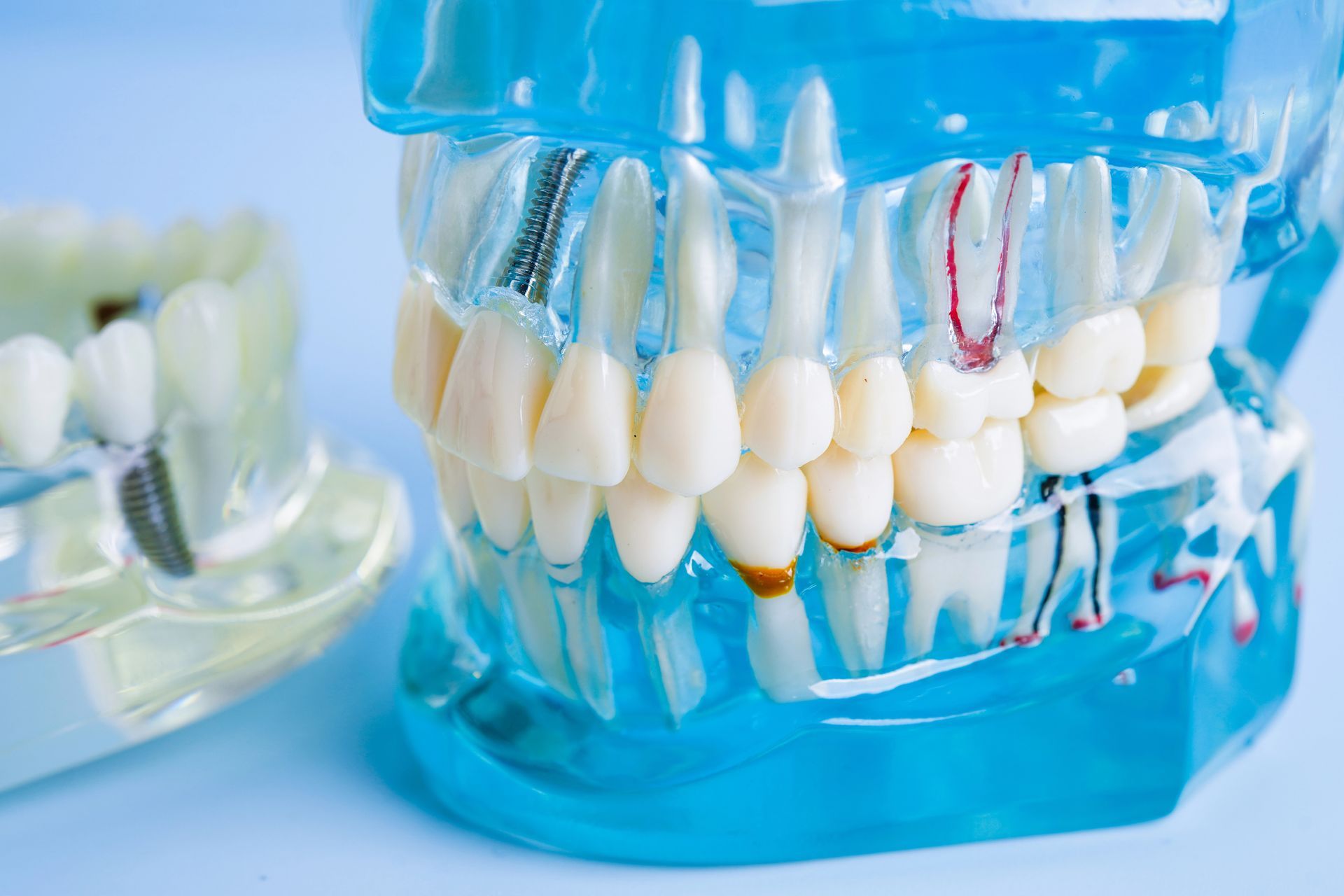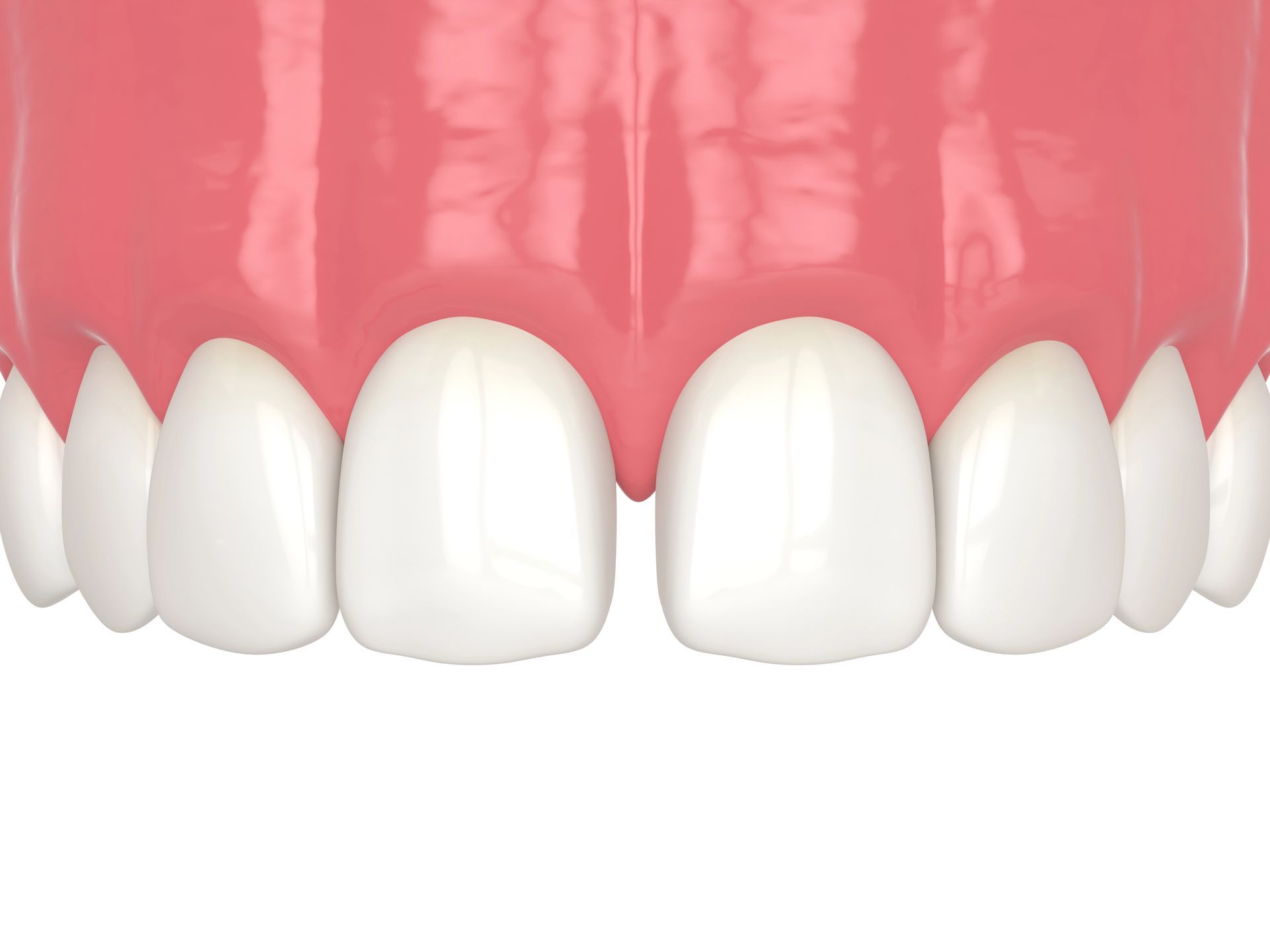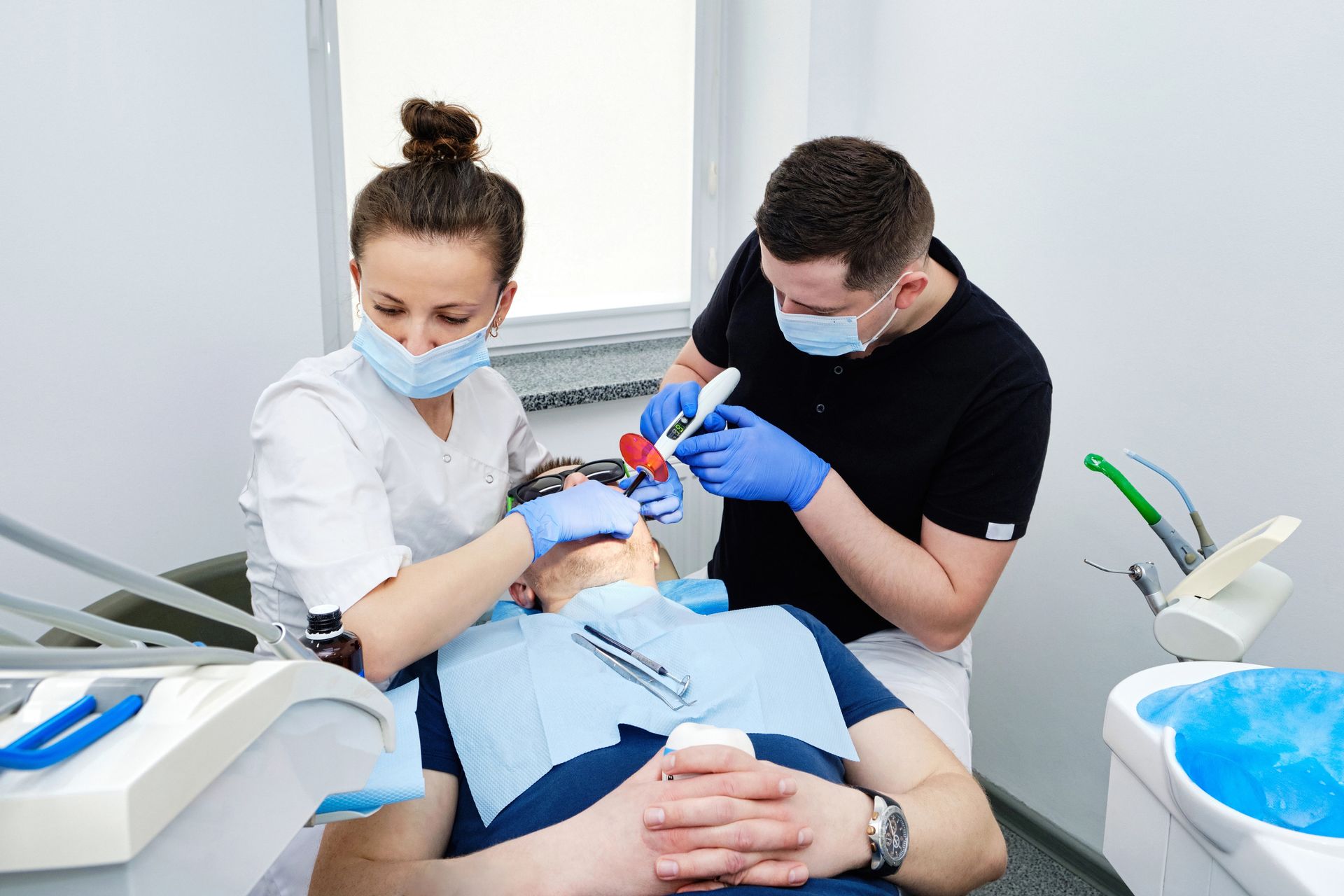Are you considering a durable and aesthetic solution for restoring your damaged teeth? At Design Dentistry Columbia, our comprehensive guide to porcelain inlays and onlays offers an in-depth look at how these custom-crafted restorations can beautifully enhance your smile while providing strength and longevity to your dental health.
Understanding Inlays vs. Onlays
When considering dental restorations, it's essential to understand the difference between porcelain inlays and onlays, as they cater to different types of tooth damage. Porcelain inlays are designed to fit within the cusps, or bumps, on the chewing surface of a tooth. They are an ideal choice when the damage or decay is within the confines of these cusps. On the other hand, onlays, sometimes referred to as partial crowns, extend over one or more cusps of the tooth. They are used when the damage is more extensive and includes the tooth's biting surface.
Both options are crafted from high-quality porcelain, which ensures durability and a natural look that blends seamlessly with your existing teeth. For those seeking detailed information on inlays, Precise Porcelain Inlays for Dental Restorations provides an in-depth look at how these restorations are meticulously crafted to match your tooth's specific contours and color. Choosing between an inlay and an onlay depends on the extent of tooth decay or damage and the structural integrity of the tooth. Your dentist will assess the affected tooth and recommend the most appropriate solution to restore your smile while preserving as much of your natural tooth structure as possible.
Benefits of Porcelain Restorations
Porcelain inlays and onlays offer a multitude of benefits for those seeking durable and aesthetic dental restorations. One of the primary advantages is their exceptional compatibility with the natural tooth structure, which ensures a comfortable fit and minimizes the risk of further decay or damage. Unlike metal fillings, porcelain restorations are crafted to match the color and translucency of your existing teeth, providing a seamless and virtually undetectable repair. They are also highly resistant to staining, allowing them to maintain their pristine appearance for many years. Moreover, porcelain is a biocompatible material, which means it is less likely to cause allergic reactions or irritation, making it an excellent choice for patients with metal sensitivities. Another significant benefit is the strength and durability that porcelain inlays and onlays provide.
They are custom-made to fortify the structure of a damaged tooth, thereby restoring its original integrity and function. This level of reinforcement helps to prevent further damage and can extend the life of the tooth significantly. Additionally, the procedure for placing porcelain restorations is minimally invasive, preserving more of the natural tooth than traditional crowns. For those in Columbia looking for high-quality dental restorations that combine strength, aesthetics, and longevity, Quality Inlays in Columbia may be the ideal solution.
Procedure: Step-by-Step Process
When considering porcelain inlays and onlays for dental restoration, understanding the step-by-step process is crucial for patients. Initially, your dentist will remove any decay or old filling material from the affected tooth, ensuring a clean base for the procedure. Next, an impression of your tooth is taken, which is then sent to a dental lab where your custom inlay or onlay is crafted from high-quality porcelain to match your tooth's color and shape. While your permanent piece is being made, a temporary inlay or onlay may be placed to protect the tooth. Once ready, the dentist will carefully fit and bond the porcelain inlay or onlay to your tooth, adjusting it for a perfect bite alignment. This process not only restores the strength and function of your tooth but also enhances its aesthetic appearance, blending seamlessly with your natural teeth.
Care and Maintenance Tips
Ensuring the longevity of your porcelain inlays and onlays is paramount, and it starts with proper care and maintenance. To maintain their structural integrity and aesthetic appeal, it's essential to practice good oral hygiene by brushing twice daily with a non-abrasive toothpaste and flossing regularly. Additionally, avoid chewing on hard objects such as ice or hard candy, which can damage the porcelain. Regular dental check-ups are crucial for professional cleanings and to monitor the condition of your inlays and onlays. Protect your investment by using a night guard if you grind your teeth, and always follow your dentist's personalized care recommendations to keep your smile looking its best.
Comparing Costs and Longevity
When considering porcelain inlays and onlays, it's essential to evaluate both their upfront costs and their longevity. Initially, porcelain inlays and onlays may seem like a pricier option compared to traditional fillings, but their superior durability often translates into cost savings over time. Porcelain restorations are known for their exceptional lifespan, often lasting up to 15-20 years with proper care, which can mitigate the frequency of dental repairs and replacements. Moreover, their ability to strengthen the existing tooth structure and prevent further decay contributes to long-term oral health, potentially reducing future dental expenses. By investing in porcelain inlays and onlays, patients are not only choosing a high-quality, aesthetic solution but also a cost-effective option in the long run.
Conclusion
For expertly crafted porcelain inlays that restore your smile with precision, call Design Dentistry Columbia at 803 373 1069 or read our reviews on Google Maps.










